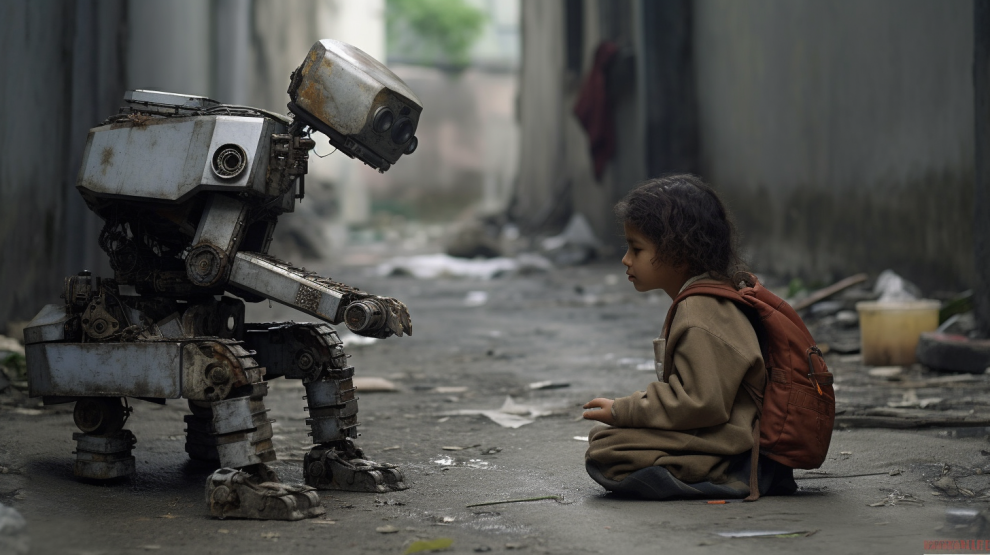Can AI Solve India’s Poverty Problem? Exploring the Potential of Technology in Transforming Lives
India, a land of contrasts, exhibits both remarkable economic growth and persistent poverty. With the advent of artificial intelligence (AI) and its transformative potential, there is an opportunity to address the pressing issue of poverty in our country. In this blog, we delve into the question of whether AI can truly solve India’s poverty problem. By examining real-world examples, backed by legitimate data and sources, we aim to shed light on the potential of AI technologies to uplift the lives of millions and inspire a serious consideration of adapting new technologies for social progress.
The Reality of Poverty in India:
India is home to a substantial number of people living in poverty. According to the World Bank, as of 2021, around 209 million people in India live below the national poverty line (source: World Bank, “World Development Indicators 2021”). Poverty affects various dimensions of life, including education, healthcare, and access to basic amenities.
The Promise of AI in Poverty Alleviation:
- Enhanced Agricultural Productivity:
Agriculture is a crucial sector in India, employing a significant portion of the population. AI-powered technologies, such as precision agriculture and predictive analytics, can optimize resource allocation, improve crop yields, and mitigate the effects of climate change on agricultural output (source: NITI Aayog, “National Strategy for Artificial Intelligence”).
- Access to Healthcare:
AI can play a vital role in improving healthcare access and delivery, particularly in remote and underserved areas. Telemedicine platforms, AI-driven diagnostic tools, and predictive analytics can enable faster and more accurate diagnoses, improving treatment outcomes and reducing healthcare costs (source: National Health Authority, Government of India).
- Skill Development and Job Creation:
AI technologies offer opportunities for skill development and job creation. Reskilling programs, powered by AI-based learning platforms, can equip individuals with relevant skills for emerging industries. Additionally, AI-powered automation can augment human capabilities, leading to new job roles and entrepreneurial opportunities (source: Ministry of Skill Development and Entrepreneurship, Government of India).
- Financial Inclusion:
AI-driven fintech solutions have the potential to extend financial services to underserved populations. Machine learning algorithms can assess creditworthiness, enabling access to microfinance and affordable loans. AI-powered chatbots and digital assistants can provide personalized financial advice and empower individuals in making informed decisions (source: Reserve Bank of India, “Technology Vision for Cybersecurity for Urban Co-operative Banks 2020-2023”).
Challenges and Considerations:
While the potential of AI in poverty alleviation is promising, several challenges must be addressed. Ethical considerations, data privacy, and ensuring equitable access to AI technologies are crucial aspects that need careful attention. Additionally, policymakers must create an enabling environment that encourages innovation, collaboration, and responsible AI deployment to avoid exacerbating existing inequalities.
AI technologies hold immense potential in addressing India’s poverty problem. From improving agricultural productivity and healthcare access to fostering skill development and financial inclusion, AI-driven solutions can transform lives and uplift communities. However, successful implementation requires a comprehensive approach, involving collaboration between government, private sector, and civil society. By embracing new technologies, harnessing data responsibly, and ensuring inclusivity, India can pave the way for a future where AI acts as a powerful tool in eradicating poverty and building a more equitable society.
(Note: The information provided in this blog is based on publicly available sources such as government reports, research papers, and official websites. It is crucial to consult credible sources for updated data and statistics related to poverty and AI advancements in India.)
